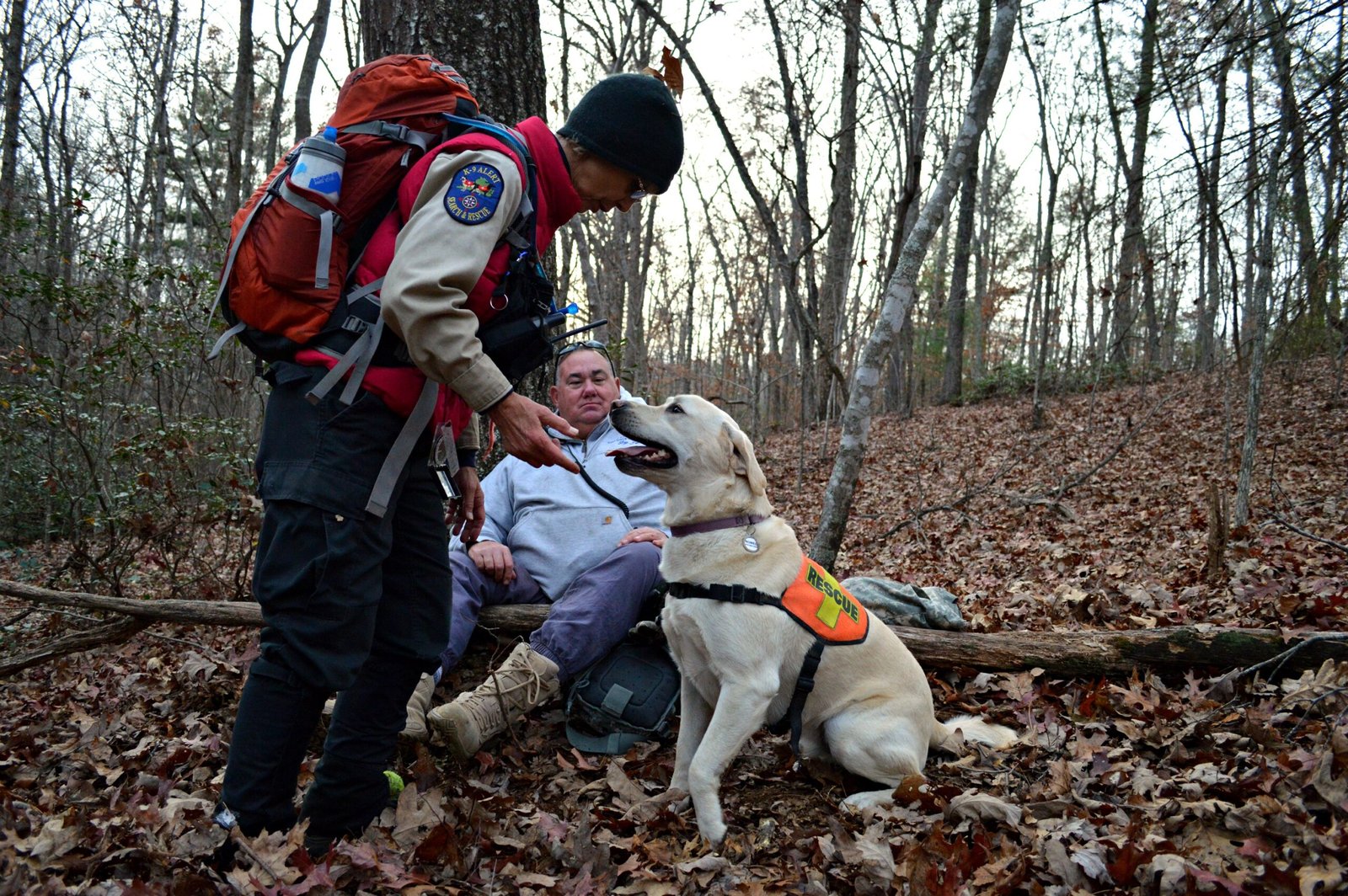Have you ever noticed a dog’s sparkling eyes or their carefree tail wags and wondered what secrets lie behind that happiness? The truth is, dogs who feel truly safe at home show a whole new side of themselves—one that’s downright heartwarming and inspiring. The transformations are nothing short of magical. For dog lovers, recognizing these joyful behaviors is the ultimate reward, proof that your furry friend really does trust you with all their heart. Let’s dive into the unique ways dogs blossom when they know they’re loved and protected.
Relaxed Sleeping Positions
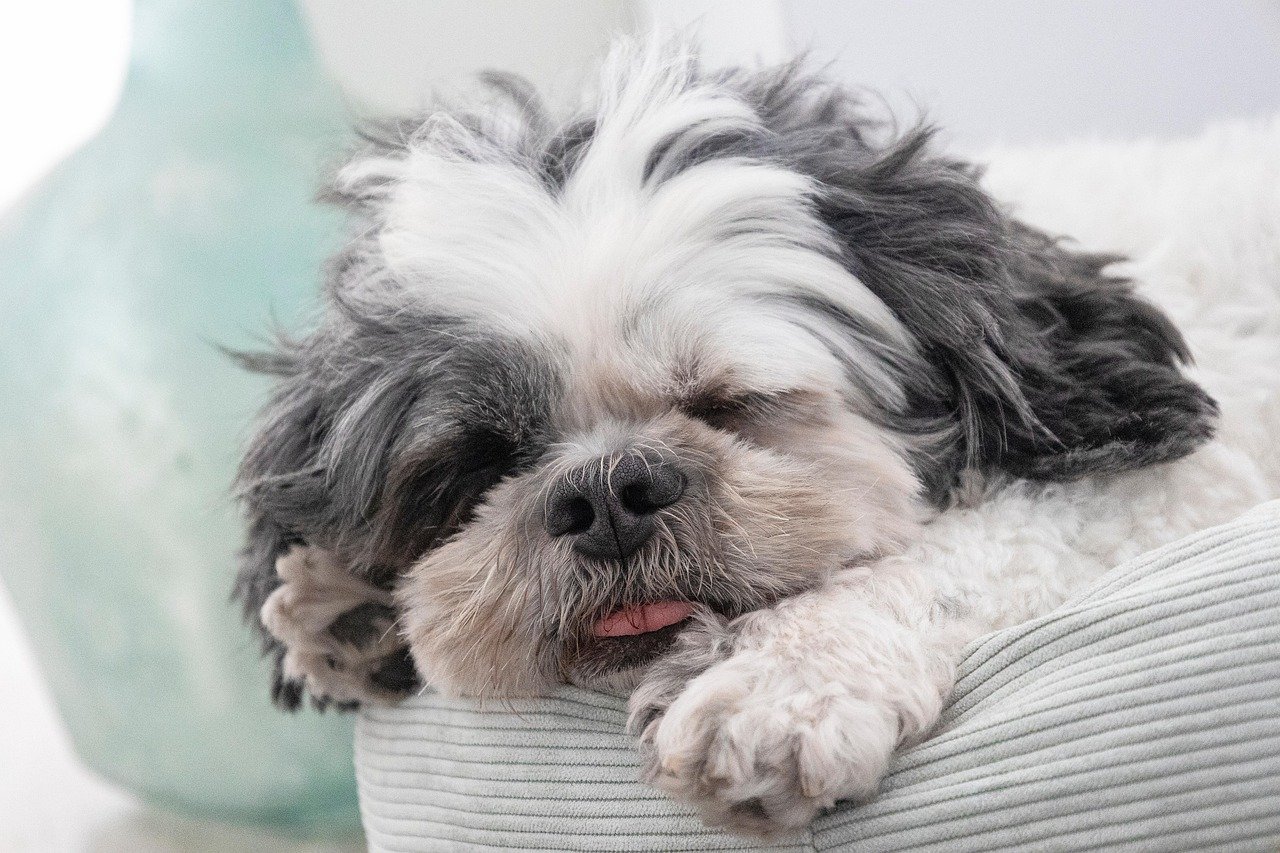
One of the first signs of a secure and content dog is the way they sleep. In safe homes, dogs often sprawl out on their backs, legs in the air, bellies exposed—an adorable sight that signals total trust. This vulnerable position means your dog feels no need to be on guard. You might also catch them curling up on their side, stretching out fully, or even napping with their favorite toy nearby. These relaxed poses show that they’re not worried about sudden threats or disturbances. Imagine yourself dozing off on a soft couch, knowing you’re surrounded by family; that’s exactly how your pup feels. Their peaceful slumber is a silent thank you for the comfort and security you provide. If you see your dog snoozing without a care, take it as the highest compliment—they know they’re truly home.
Playfulness and Spontaneous Zoomies
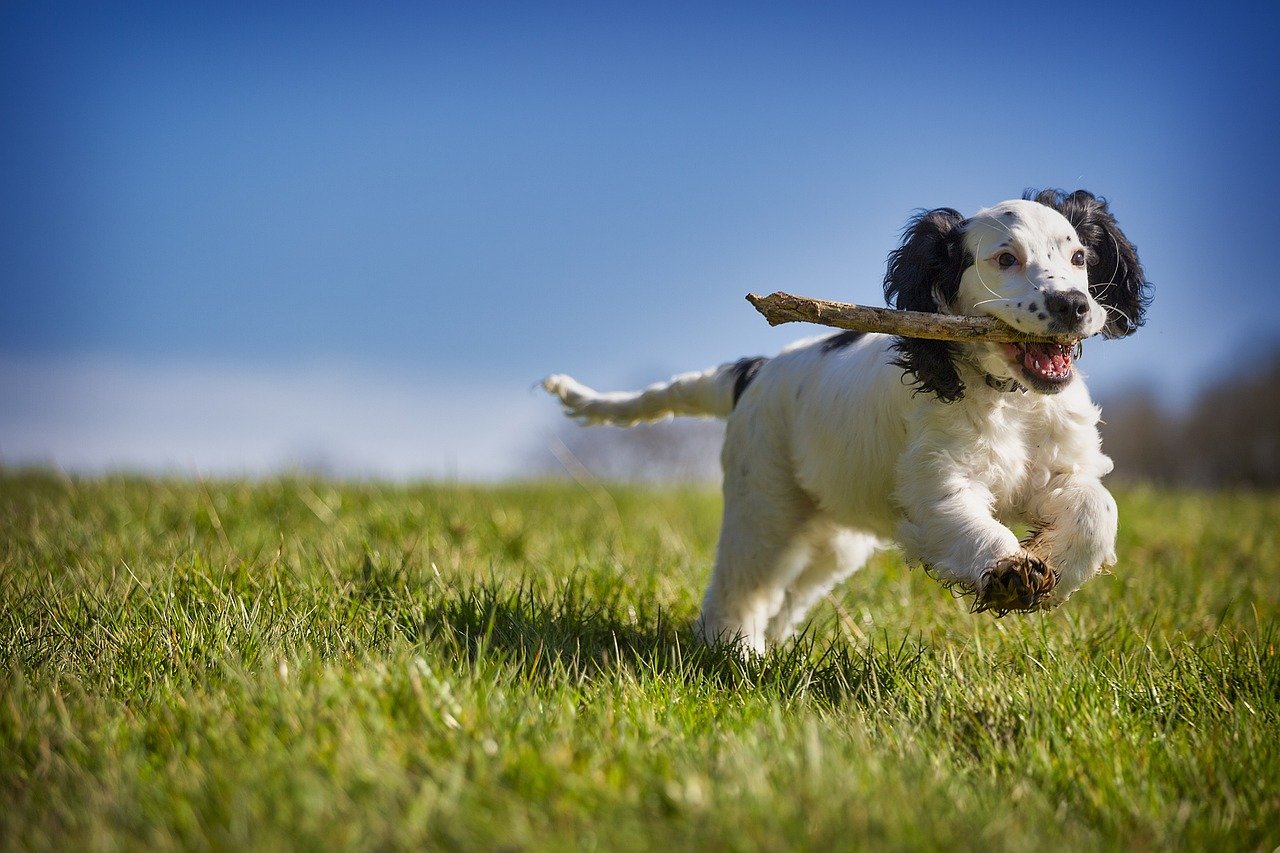
A house filled with laughter and love brings out the playful puppy in every dog. In safe environments, dogs feel free to play, chase their tails, and burst into those hilarious zoomies—running circles around the living room with pure glee. This spontaneous energy is a direct reflection of their comfort level. They invent games, toss their toys around, and even invite you to join in the fun. Play isn’t just about burning energy; it’s a sign your dog feels confident and happy in their surroundings. Even older dogs rediscover their youthful side when they know they’re safe. So the next time your dog suddenly acts silly or does a victory lap around your feet, remember, that’s their way of celebrating the security you’ve given them.
Gentle Eye Contact and Soft Gazes
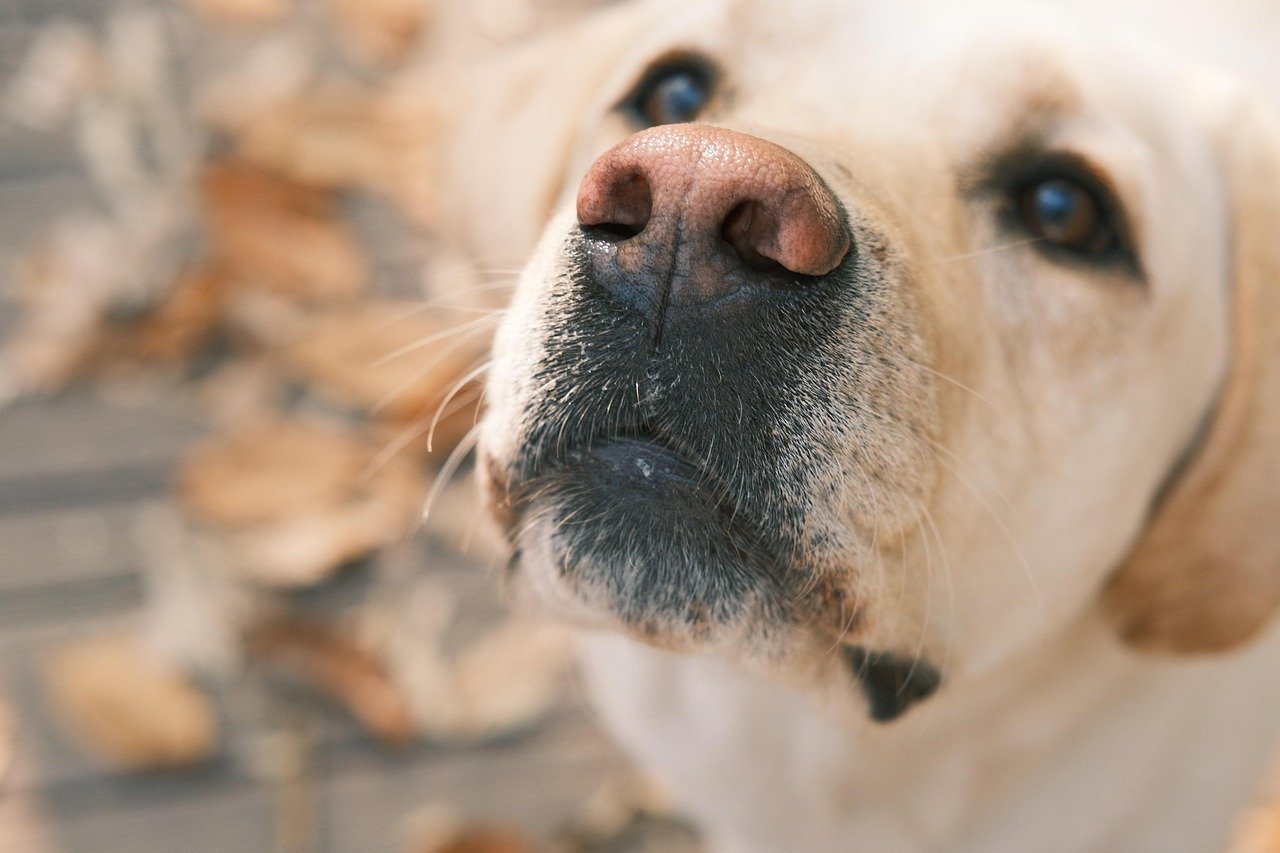
Eye contact can be intimidating for dogs who feel threatened, but in secure homes, dogs offer gentle, loving gazes that melt your heart. When your dog looks at you calmly, holding your gaze without fear, it’s a powerful act of trust. These soft looks are more than just cute—they’re actually a form of bonding. Research shows that mutual eye contact releases oxytocin, the “love hormone,” in both dogs and humans. If your dog locks eyes with you and their expression is soft, relaxed, and affectionate, it’s a sure sign they see you as a source of safety and love. This simple behavior forms the foundation of your bond, quietly affirming that your home is their haven.
Initiating Cuddles and Physical Contact

Dogs who feel safe don’t hesitate to seek out physical affection. They’ll nuzzle into your lap, lean against you, or rest their head on your feet. These gestures are their way of saying, “I trust you.” Insecure dogs tend to keep their distance, but secure pups crave closeness. Their desire for snuggles isn’t just about warmth—it’s emotional. They know that being near you means they’re protected. Some dogs are bold cuddlers, climbing right into your space, while others show affection with gentle touches or by lying beside you. No matter the style, every cuddle is a love letter, a sign that your dog feels completely at ease in your presence.
Healthy Curiosity and Exploration
A secure home is a safe launchpad for curiosity. Dogs who feel protected are eager to explore new rooms, sniff unfamiliar scents, and investigate every little noise. Their tails wag as they venture through the house or backyard, confident that nothing bad will happen. This kind of healthy curiosity is a sign they trust their environment. Instead of cowering or hiding, they approach new things with enthusiasm. Just like children in a nurturing home, dogs need the freedom to learn and discover. If your pup seems eager to check out new things, it means you’ve provided a space where their natural instincts can flourish.
Willingness to Learn and Respond
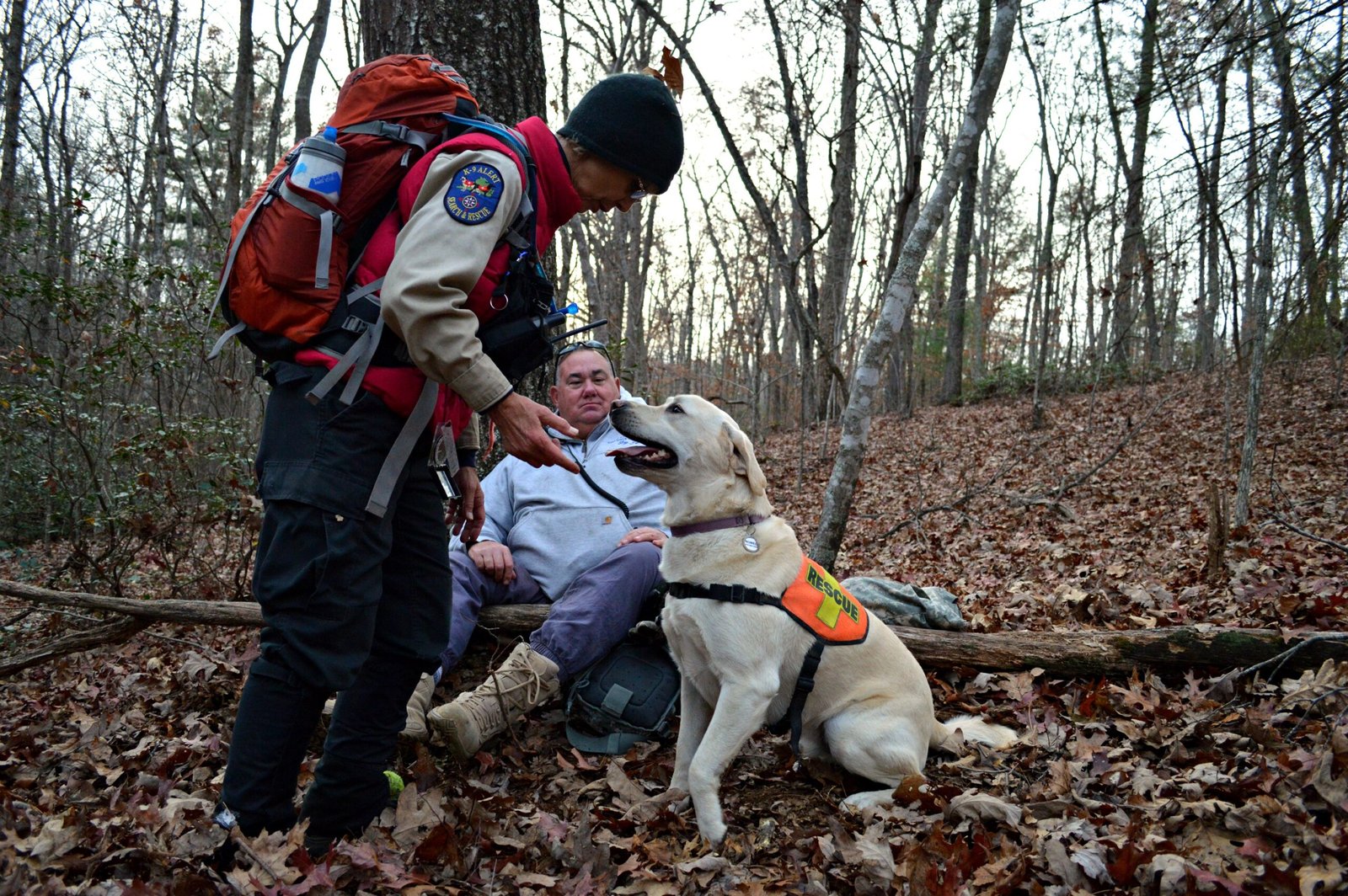
Safe and secure dogs are much more open to training and learning new things. They respond eagerly to commands, pick up tricks quickly, and seem genuinely excited to please you. When a dog feels anxious or threatened, they might ignore cues or seem distracted. But in a loving home, their minds are open, and they’re ready to engage. This willingness to learn is rooted in trust—they know you won’t punish or scold them harshly. Training sessions turn into bonding moments, filled with tail wags and happy barks. If your dog lights up when you bring out the treats and start a lesson, that’s a clear sign you’ve built a foundation of safety and respect.
Showing Their Belly for Rubs
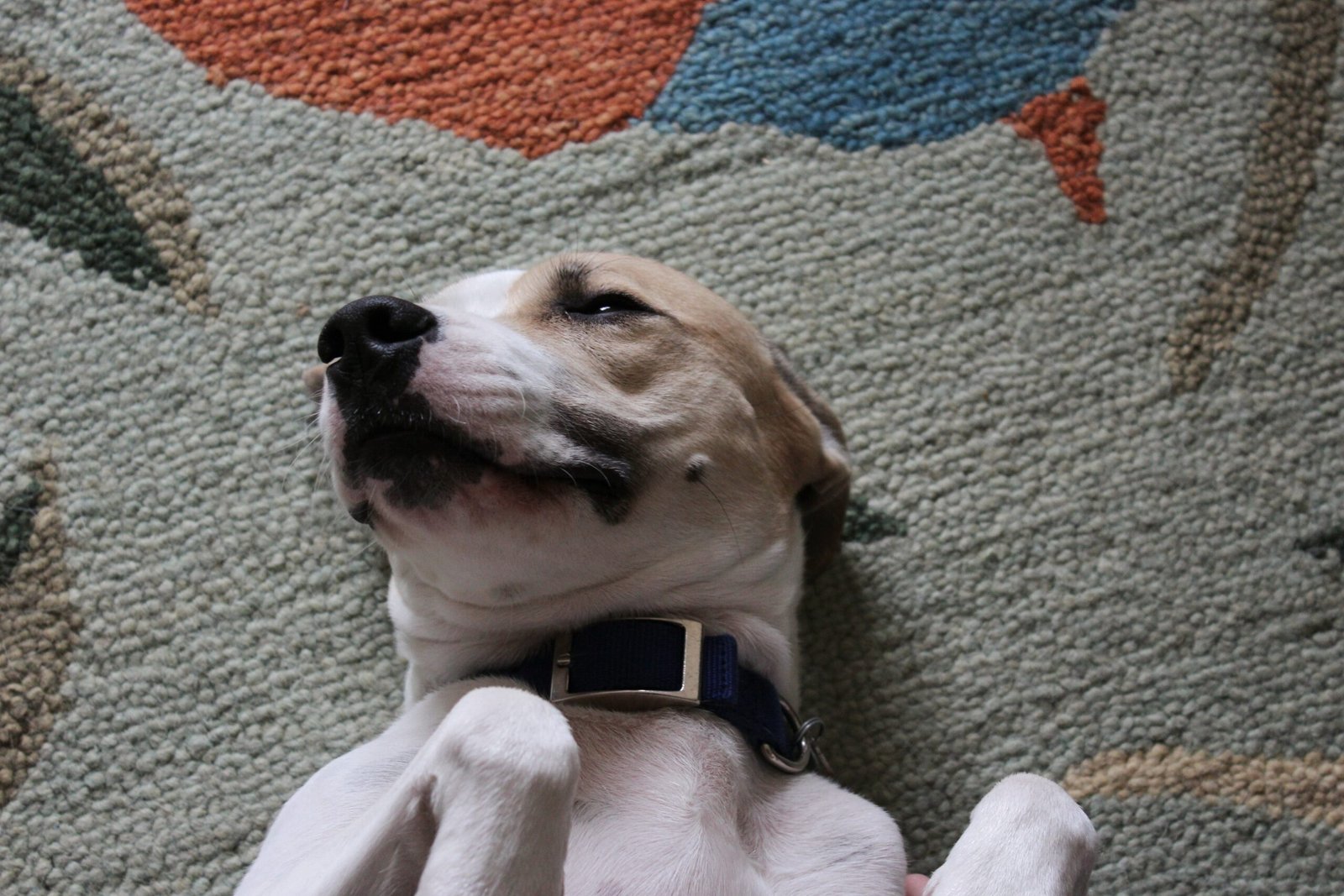
There’s something irresistible about a dog rolling over and exposing their belly. It’s an act of pure vulnerability—no dog would do this unless they felt completely secure. When your pup flops onto their back and looks at you with expectant eyes, they’re inviting you into their inner circle. They’re saying, “I trust you not to hurt me.” This behavior is especially meaningful for rescue dogs or those with troubled pasts. Over time, as they realize your home is a safe space, they’ll begin to offer you this precious sign of trust. Each belly rub becomes a celebration of the love and safety you’ve provided.
Happy Greetings and Wiggly Bodies
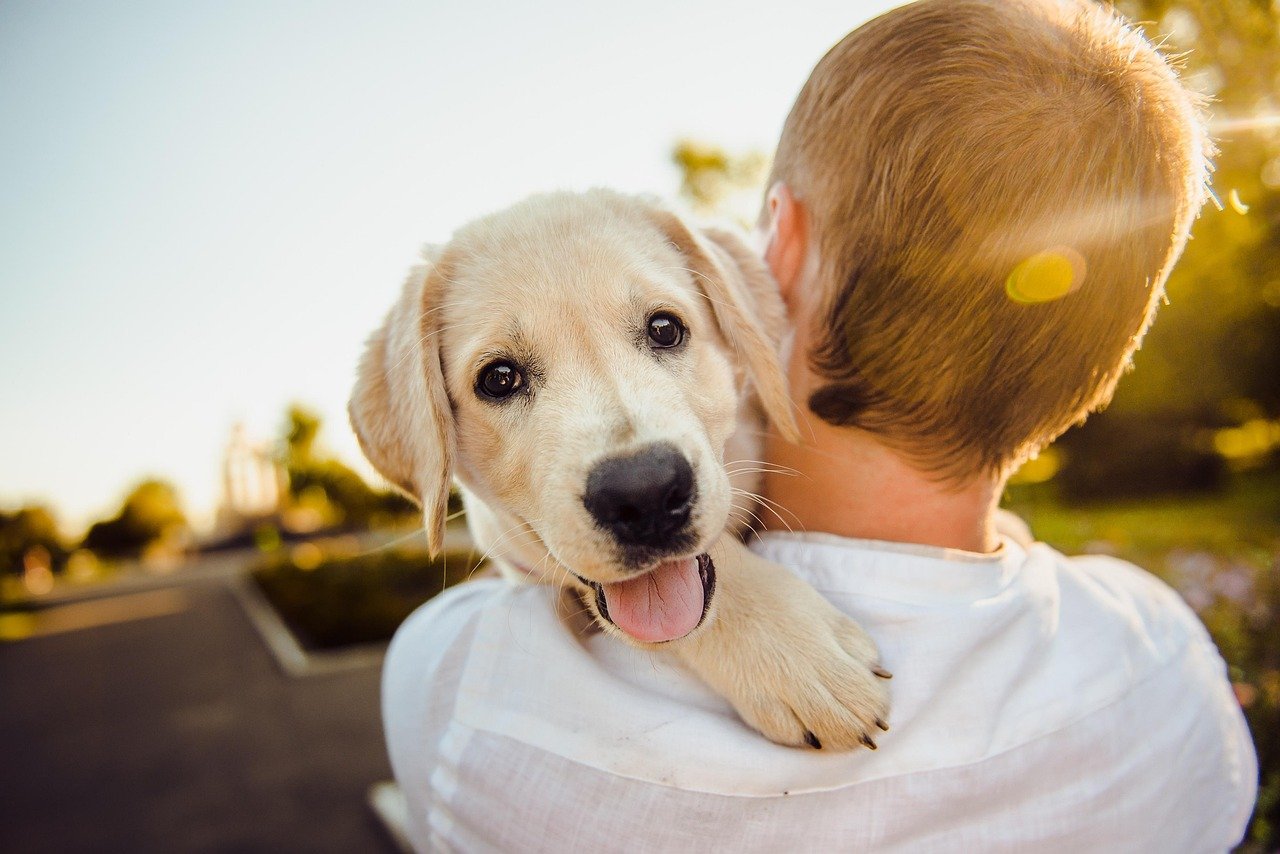
Nothing compares to the enthusiastic welcome of a happy, secure dog. When you come home, your dog might bounce, wiggle, or even “smile” with joy. Their whole body radiates excitement, and their tail wags with wild abandon. Safe dogs don’t greet you with fear or hesitation; instead, they can’t wait to be reunited. These joyful reunions are one of the purest expressions of unconditional love. The fact that your dog feels this way every time you walk through the door is a testament to the happiness and security they’ve found with you.
Calmness During Alone Time
One of the most telling signs of a secure dog is how they handle being alone. In safe homes, dogs learn to be comfortable when you’re not around. Instead of barking, whining, or destroying things, they settle down for a nap or quietly play with their toys. This calmness is a reflection of the trust they have in you—you always come back, and nothing bad happens when you leave. Of course, every dog is different, and some breeds are more prone to separation anxiety than others. But generally, a secure dog can handle a bit of solitude without stress, knowing their home is a safe place even when you’re gone.
Expressing Joy Through Vocalizations

Dogs in loving, secure homes often find their “voice.” They bark happily, whine with excitement, or make those adorable grumbling sounds when you scratch their favorite spot. These vocalizations are ways of communicating their feelings—joy, anticipation, or simply wanting your attention. In contrast, dogs who feel scared or insecure may be silent or only bark in distress. When your dog feels free to express themselves, it’s a sign that they’re comfortable and confident. Their joyful noises are music to the ears of any dog lover, a daily reminder that your home is filled with trust and happiness.

Esther is from India; the heartbeat of South Asia, holding a Master’s degree in Zoology and a postgraduate diploma in Animal Welfare. Her enthusiasm for animal welfare drives her passion and dedication to working for animals, ensuring their well-being, and advocating for their rights. With a solid academic background and hands-on experience, she is committed to making a positive impact in the field of animal welfare. In her free time, she enjoys embroidery and sewing. As a Chennaite from Tamil Nadu, Esther loves Bharathanatyam, an Indian classical dance form.

